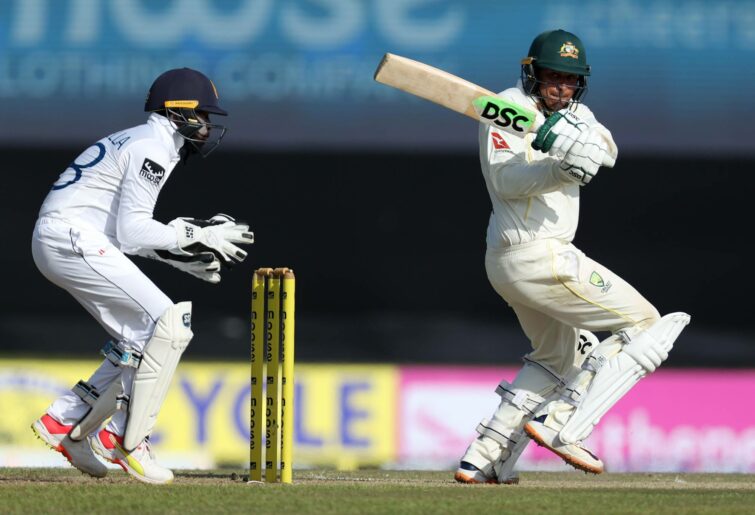Usman Khawaja sets off accidental political storm in NZ
Australian cricket star Usman Khawaja has sparked an unlikely diplomatic incident after a function at the New Zealand Prime Mister's residence. On Tuesday, the…
Opinion
As a cricket nation there has been talk of a horses for courses selection strategy when it comes to playing overseas for the past 20 years.
If we consider the latest Test series against Sri Lanka and Pakistan, selectors and commentators will point to the inclusion of two spinners at the expense of one fast bowler in more spin-friendly conditions as being just that. However, that is just on the bowling side, is there a case for batting selection to be looked at just as closely?
When we compare cricket to most other sports it is apparent that cricket is both unique and varied in how home ground conditions impact the style of play, the type of players who thrive and the team results.
Maybe only tennis, particularly in previous decades, does the home court surface impact the style of play as much, where clay and grass courts supported different style of play.
For the Australia batsmen playing in home ground conditions where bounce is true and consistent and seam is a more subtle variation is a different challenge to playing in either the seaming overcast conditions in England or the low spinning, variable bounce conditions of the sub-continent.
While playing with hard hands and away from your body on true Australian conditions works, overseas conditions require playing late, with soft hands.
Players like David Warner, Travis Head, Mitch Marsh and the early career versions of Hayden and Ponting played hard at the ball and scored plenty of runs on home ground but struggled overseas.
However, players like Steve Smith, Marnus Labuschagne, Mike Hussey and the late career version of Usman Khawaja play late and with soft hands to great effect in the sub-continent.

(Photo by Buddhika Weerasinghe/Getty Images)
Let’s have a look at some of the batting stats.
Smith 3901 runs at average of 62.9 at home, 4 260 at 58.4 away
Khawaja 2109 runs at average of 55.5 at home, 1 637 at 39.9 away
Labuschagne 1786 runs at average of 63.8 at home, 721 at 40.1 away
Warner 4824 runs at average of 60.3 at home, 2 969 at 34.1 away
Head 1197 runs at average of 49.9 at home, 399 at 24.9 away
Smith, in a true indication of his elite status, and ability to adapt to all conditions has an away average of 58.4 comparing very favourably to home average of 62.9.
Khawaja’s overseas performance has improved as his career has gone on. Labuschagne is solid in only 10 Tests, and probably a little early to judge on. However, the away averages of Warner and Head are some 25 runs fewer, and Warner in particular has had close to 50 Tests to work on this!
While we have been able to cover up for Warner and Heads overseas stats in the past two series can we afford to carry them in upcoming series away from home against India and England?
When are we going to come out and actually acknowledge that players can be great home players and average overseas condition players?
Warner is a legend in Australian conditions, one of the best ever, but average in overseas conditions. Head’s style of playing away from his body works well enough in Australian conditions but is a liability overseas.
While it seems harsh to drop Warner and Head for overseas Tests after home series where they continue to score readily, maybe it is time to consider horses for courses in overseasconditions where players with softer hands like Josh Inglis, Moises Henriques and Glenn Maxwell have to play in their place?